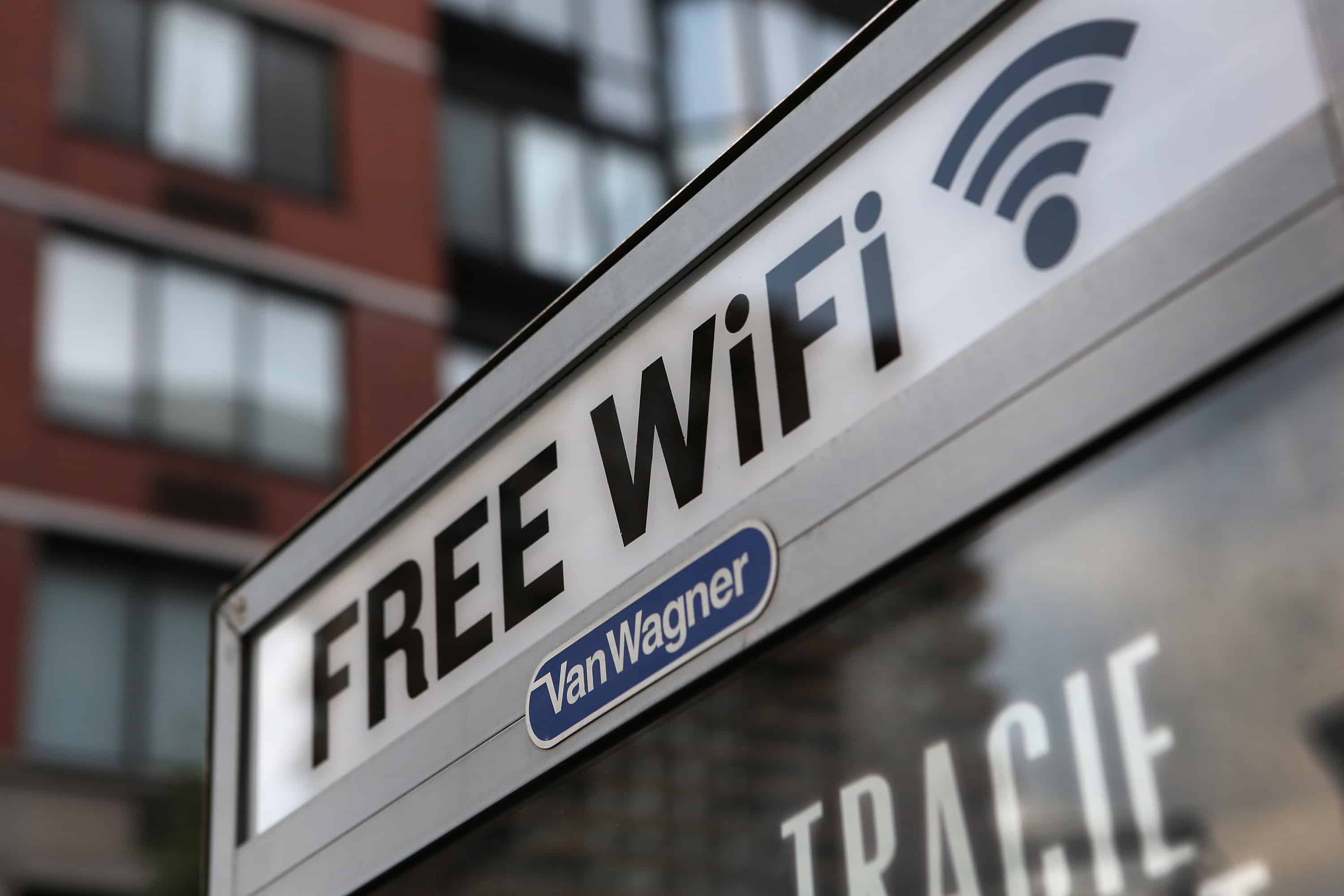When you are using public Wi-Fi while using your phone, you are extremely vulnerable to hackers.
Today, it is impossible not to use public Wi-Fi. When you are using public Wi-Fi while using your phone, you are extremely vulnerable to hackers. With just a few clicks, your phone banking details, emails, photos, and passwords are put in the hands of the hackers. Here are a few tips to protect your data.
1. Constant Vigilance
Not the newest advice, but you will be amazed by how careless we can be. It is always better to err on the side of caution when tapping on the public WI-Fi connections. Block cookies and remove tracking in your browser. Avoid dubious or unsafe software, especially if it sounds too good to be true, or if it is free. Never click on dodgy links in your email, or on your social media feeds.
2. Encrypt Yourself
When you are tapping into public Wi-Fi, your mobile phone sends data to the router, like radio waves. By encrypting your radio waves, you can protect yourself. Encrypting data makes it tougher and almost impossible for hackers to view your data.
Sites that use HTTPS (not HTTP) technology encrypt your connection. These sites include Google, Paypal, and Facebook, just to name a few. Chances of a man in the middle attack (MITM) are significantly reduced. (Read more about this here)
Many websites, still use HTTP technology, which makes it vulnerable for an MITM attack to take place. If a website does not connect through HTTPS, a hacker might redirect his victim to the hacker’s page, disguised to look like the actual website itself.
In Chrome on Android, and Safari for iOS devices, sites that are HTTPS secured are shown with the green badge next to the URL.
It’s more difficult to tell which apps are also encrypted as the connection happens inside the app, making them susceptible to these MITM attacks.
To learn in detail about encrypting your phones, apps, and browser, this tutorial explains how-to with step-by-step instructions.
3. Install A Security App
It may sound like a drastic step, but it is definitely better to be safe than sorry- especially if you rely on your phone to send and receive sensitive information on a daily basis.
Norton Wi-Fi Privacy App
Norton by Systematic recently launched their Wi-Fi Privacy app. This app is easy to use and helps shield your information from hackers snooping around on unsecured Wi-Fi networks. Norton Wi-Fi Privacy app uses encryption technology and scrambles your information to protect your data and identity. The app is not free, but it is a good investment if you are heavily reliant on your phone for business matters.
Available on Android and iOS platforms
Yearly subscription service is USD$29.99.
SurfEasy
SurfEasy is a no-log network. This means you can remain entirely anonymous online. The app itself does not keep any records of information about you, downloading history or browsing activity. Their Ad blocker algorithm also intercepts cookies that someone may use to follow you online.
Available on Android and iOS platforms.
Basic Free
ZenMate VPN
ZenMate VPN works similarly to SurfEasy. This app also works on multiple devices, which is always a plus point. Other than encryption of data, ZenMate also offers malware blocking and data compression.
Available on Android and iOS platforms.
Free
——–
The next time you are connecting to the public Wi-Fi, do take note of these necessary steps!

















